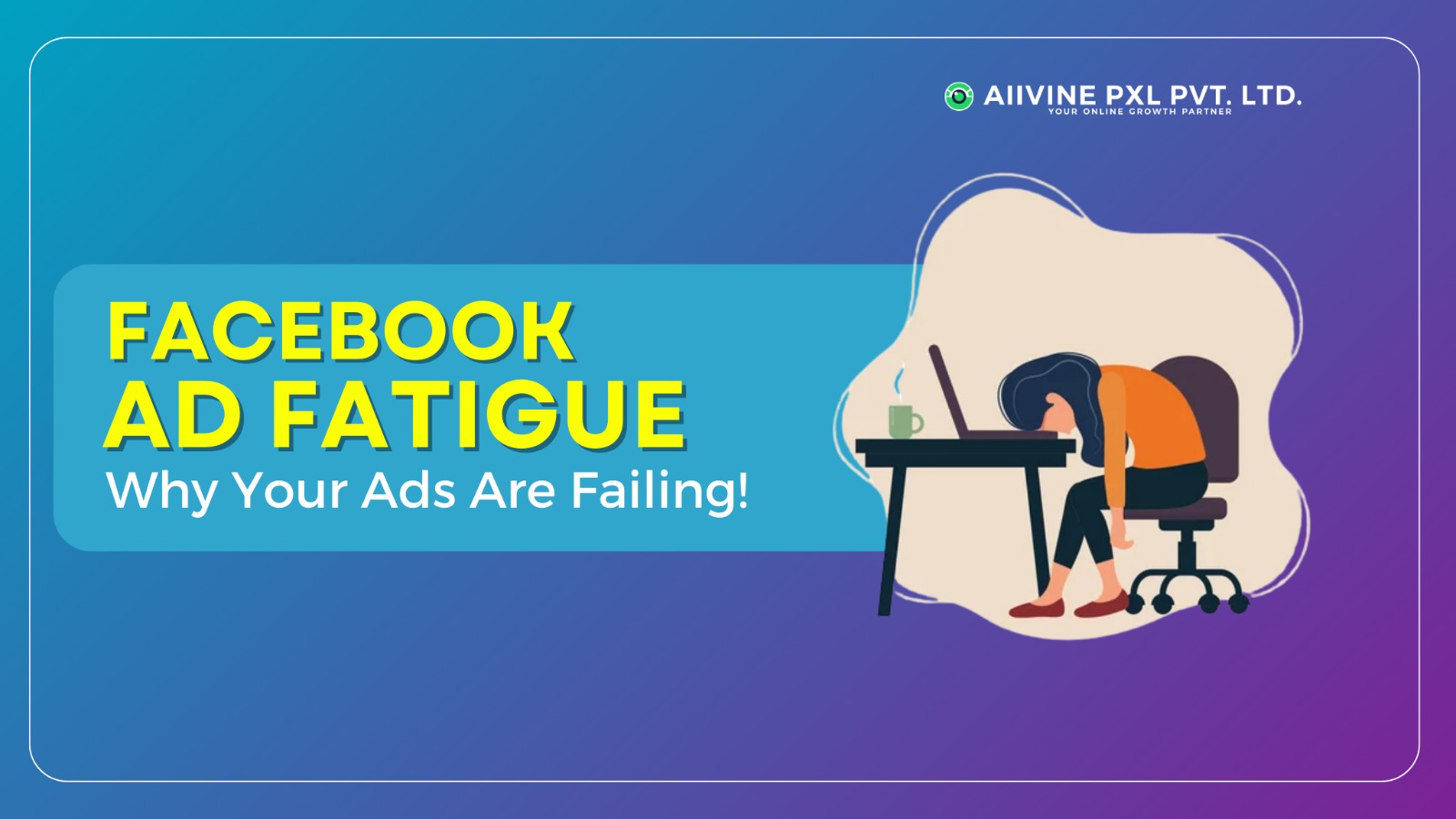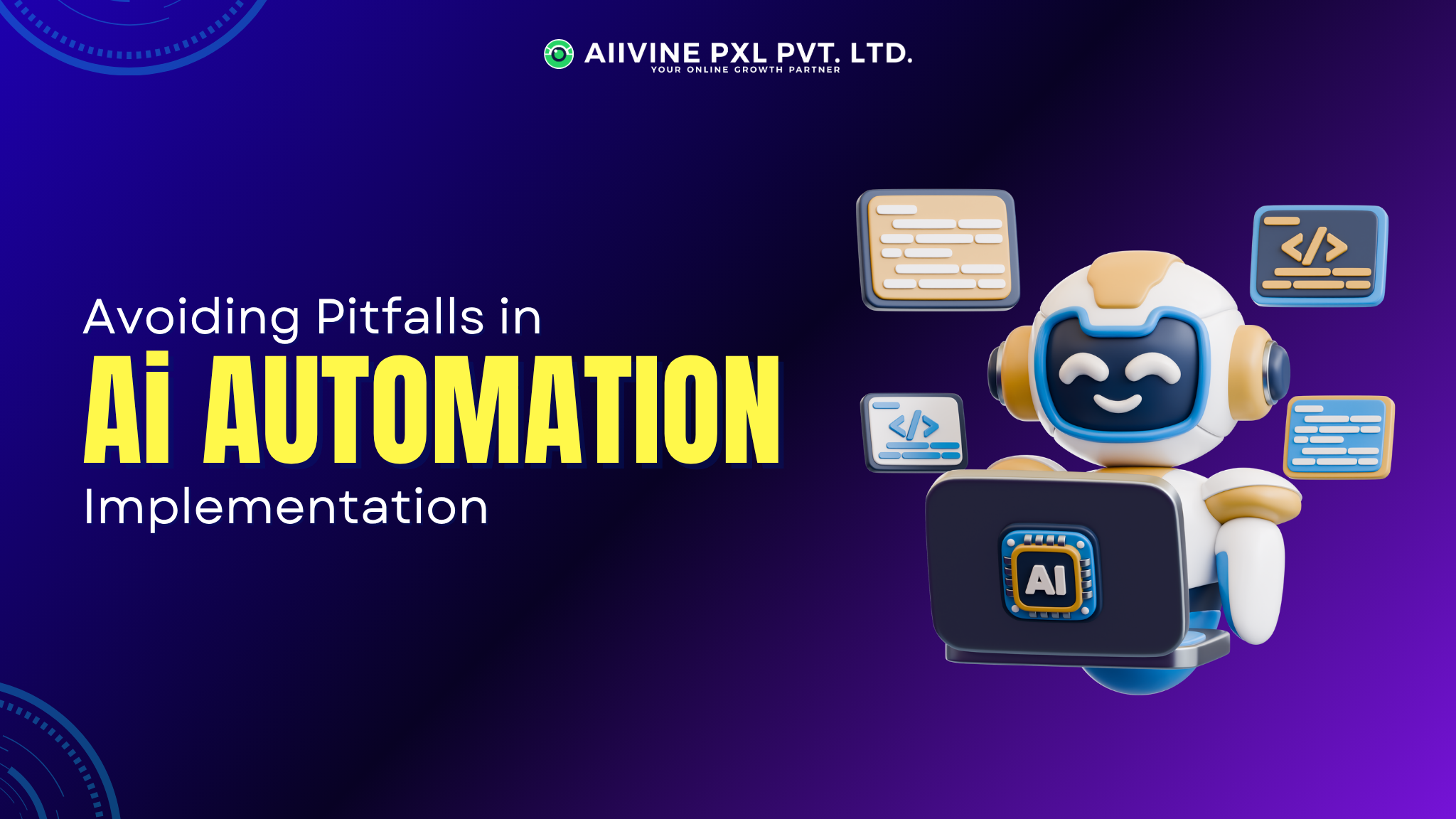What is Facebook Ad Fatigue?
Facebook ad fatigue happens when your audience sees the same ad too many times, making it less effective. Experts suggest that if a single ad appears more than 2 to 2.5 times per person, people are likely to lose interest. This can lead to negative actions like hiding or blocking your ad, reducing brand awareness and impressions. Even worse, your costs per result will increase while conversions drop. Ultimately, creative fatigue can hurt your campaign performance, making it essential to refresh your ads regularly.
Why Facebook Ad Fatigue Matters in 2025?
With major events capturing global attention, it’s crucial to keep your ads fresh and engaging to maintain relevance and visibility. Stale ads fail to attract user interest, leading to:
|
|
|
|
Key Signs Your Facebook and Instagram Ads Are Fatigued
1. Rising Cost Per Click and Cost Per Acquisition
High Cost Per Click (CPC) and Cost Per Acquisition (CPA) indicate increasing competition and ad expenses. Businesses must optimize targeting, ad creatives, and bidding strategies to maintain profitability. A data-driven approach and continuous testing are essential to control costs and maximize ROI.
2. Increased Frequency Score
The frequency score measures how often a user interacts with content within a specific time frame. A higher score indicates stronger engagement, helping businesses optimize marketing strategies and improve audience targeting for better conversions.
3. Increased Negative Feedback
Users hiding or marking your ads as irrelevant is a red flag for fatigue. Negative feedback can lower your ad’s reach, increase costs, and harm your brand’s reputation. Monitoring user interactions is essential.
What can cause Facebook ad fatigue?
There are a few situations that can make campaigns particularly prone to creative fatigue:
➤ Targeting a Small Audience
When you run ads in a limited geographic area, people see the same content over and over. If you’re not keeping an eye on ad frequency, your audience might start scrolling past without even noticing.
➤ Repetitive or Overused Design Trends
As one of our graphic designers puts it, “People get bored fast.” Your ads don’t have to be groundbreaking, but they should feel fresh. If your creatives look too similar to past ads or competitors, they lose their impact.
➤ Seasonal Mismatch
A summery ad in the middle of winter? That’s an easy way to lose engagement. Keeping your creatives aligned with the current season, holidays, or major events helps maintain relevance.
➤ Platform Changes
Social media platforms constantly evolve—Facebook tweaks its algorithms, Google removes features, and mobile-first design becomes more important. If your ads don’t adapt to these updates, they may not perform as expected.
Tips to avoid creative and ad fatigue
1) Campaign Planning
Think about how prone your campaign is creative fatigue. A couple things to keep in mind include:
- Audience size: The fewer people you target the faster all of them will see your ads.
- Budget: The more money you spend, the faster you will cover your audience.
- Number of creatives: The more ads you show, the less likely it is for someone to see the same one on their next impression.
Understanding each of these will help you triage optimizations down the road.
2) Proper Creative Prep
To keep your ads fresh and avoid creative fatigue, plan ahead with a structured approach. Start by listing all your creatives in a spreadsheet and mapping out a rotation schedule. For example, if you have ten different creatives, you could allocate a few for October and the rest for November, ensuring variety and engagement over time.
Also, consider the length of your campaign. If it's a short-term campaign, you can create all the creatives upfront. But for a long-term campaign running over several months, schedule time to develop fresh creatives regularly. A good approach is to review performance insights once a month and optimize your creatives based on what’s working best. This way, your ads stay relevant, engaging, and effective throughout the campaign.
3) A/B Testing
Prepare your creative for testing from the get-go. Here’s an example Corey laid out:
If you're targeting three different markets with Display ads, don’t rely on just one approach per market. Instead, create at least two distinct ad sets for each market, giving you a total of six ad sets. This way, you can test and see which performs better in each audience segment.
Structuring your creatives like this makes it much easier to spot when certain ads start losing their impact. It also helps you refresh and optimize your strategy before creative fatigue sets in, keeping your campaign effective for longer.
Conclusion:
Facebook ad fatigue is real, but it’s preventable. By diversifying your ad creatives, targeting a broader audience, and leveraging Instagram ads, you can maintain high engagement and conversions. By integrating trending events, you can keep your campaigns fresh, relevant, and engaging.
Keep testing and optimizing your campaigns to ensure long-term success in Facebook and Instagram marketing.




